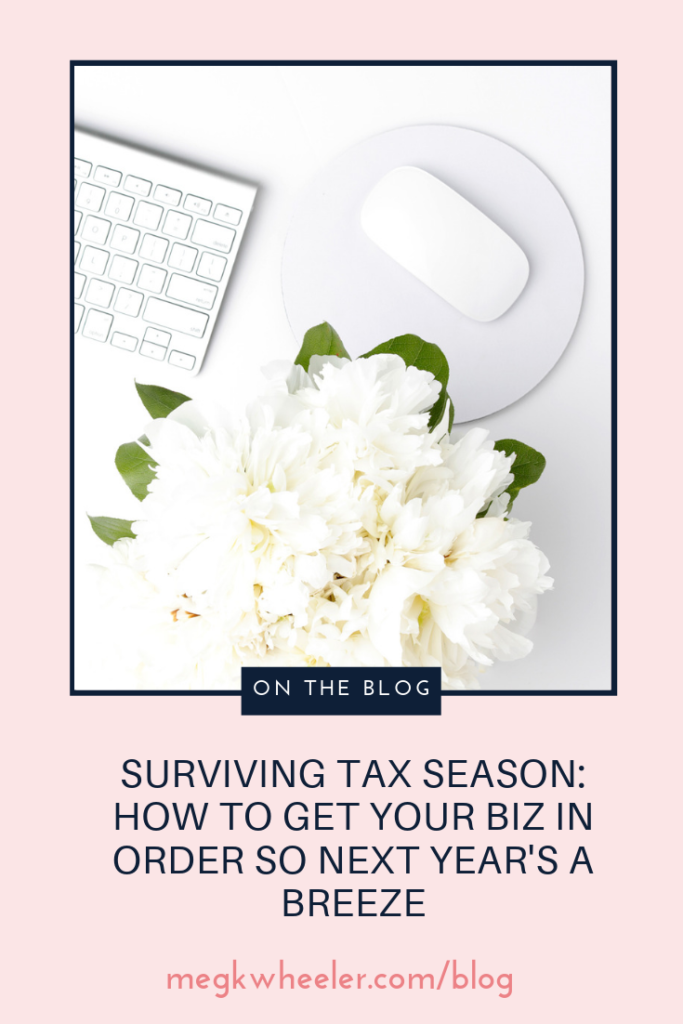Do I Have To Pay? Understanding Quarterly Tax Payments

There’s a lot of “money stuff” you have to deal with when you decide to start a business or become a freelancer. You’ll need an accounting system, possibly a business license and definitely a separate bank account. But the one thing that often surprises the new entrepreneur are quarterly tax payments.
Too often, the new entrepreneur finds out about these on April 15th, when they get that dreaded feeling that there was something they should have been doing throughout the year. And then there’s that word – “penalties” – which sends the new entrepreneur into a nearly immediate panic.
So before your heart races too much and you click away, let’s dive in. I’ll walk you through quarterly taxes in a (mostly) painless way so that you feel more confident and less stressed about doing something wrong.
What is the purpose of quarterly tax payments?
When you’re self-employed, no one is collecting taxes from each paycheck like your employer used to do. So the purpose of quarterly taxes is simple – to make sure that you’ve paid in enough tax over the course of the year to cover your tax liability.
Who has to pay quarterly tax payments?
Generally speaking, anyone who receives income on which taxes are not withheld has to pay quarterly taxes.
Individuals, including the partners of partnerships and shareholders of S corporations, are generally required to make quarterly estimated tax payments if they expect their total tax liability to be $1,000 or more. Corporations generally have to make quarterly payments if they expect a tax liability of $500 or more.
Are there any exceptions?
You betcha! You’re not required to make quarterly estimated payments if you meet ALL of the following:
- Your tax liability was zero in the prior tax year
- Your prior tax year covered a 12-month period (meaning, if you were only in business for one month last year, no luck)
- You were a U.S. citizen or resident for the entire year
When are quarterly tax payments due?
As the name “quarterly” implies, payments are due at four points throughout the year (assuming you are a calendar year taxpayer):
- April 15th: for the period January 1 – March 31
- June 15th: for the period April 1 – May 31
- September 15th: for the period June 1 – August 31
- January 15th: for the period September 1 – December 31
How do I determine what I have to pay?
The IRS has provided a handy form to calculate your quarterly payments, which you can find here. (Note: Corporations use Form 1120-W).
Simply, you’ll need to determine the following for the year:
- Expected Adjusted Gross Income (AGI)
- Taxable Income
- Tax Liability
- Deductions
- Credits
How do I pay quarterly tax payments?
There are 3 ways to pay your quarterly estimated tax payments:
Electronic Federal Tax Payment System (EFTPS)
This is the preferred method by the IRS and the easiest way for businesses to make payments. You can also schedule payments up to 365 days in advance so this is a great way to stay on top of your payments. Note you will need to register for an account so don’t leave this to the last minute!
Online
Use this link to make your payments online using a credit card or bank account. Note, you may pay fees for using a credit card.
Phone
If it’s always been your dream to talk to someone at the IRS, here’s your chance. They offer payment by phone using 3rd party payment services – a full list is here.
If you love sending snail mail, this is the option for you. Here are more details on making a payment by check, but you’ll want to make sure you use the right address so your payment is timely applied.
What happens if my estimate is wrong?
If you estimate your tax owed incorrectly, you’ll simply correct it in the next period. So if you overestimated your tax liability, you can pay less in the next quarter. If you underestimated, you’ll pay more (and you might have a small penalty, depending on the amount).
I’m still overwhelmed – help!
I’ve got you, don’t worry. Check out one of my favorite tools – Track.tax. This awesome tool syncs with your bank account and will alert you to withhold for taxes on every payment received. The tool allows you to input your business expenses to accurately track your quarterly estimated payments due and helps you avoid fines by submitting your payments to the IRS on time. It’s not free, but for a small monthly fee, you’ll get peace of mind that your payments are being made.
